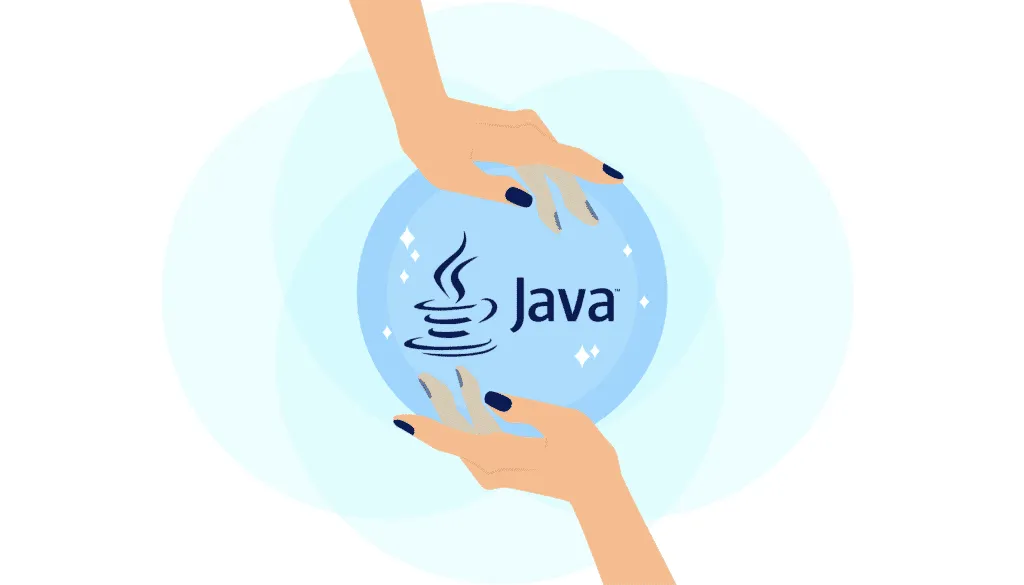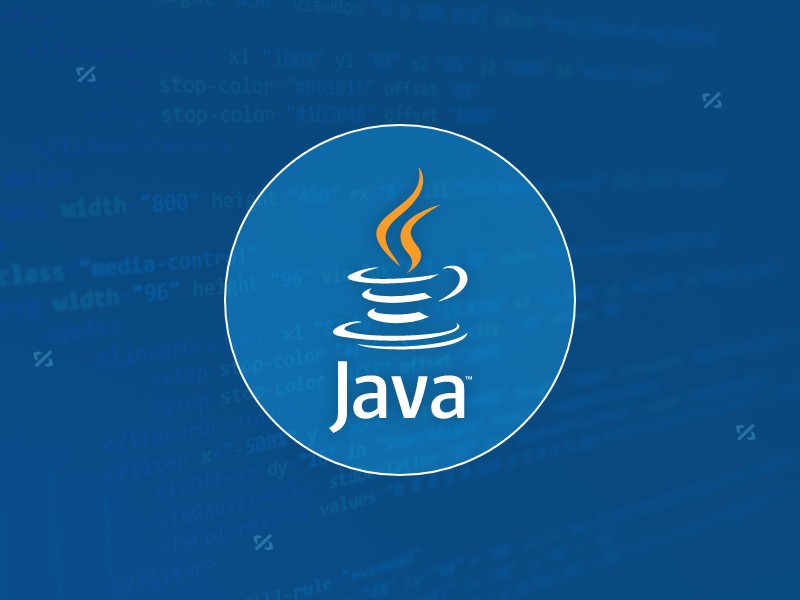Java Records is a feature introduced in Java 16 to simplify the definition of immutable data classes. It automatically generates common methods such as constructors, getter methods, toString(), equals() and hashCode() through a line of code to reduce redundant code and improve development efficiency. Its advantages include simplicity, immutability, thread safety and ease of debugging; it is suitable for packaging when returning multiple values ??in DTO, JSON serialization, configuration classes and functional programming; but it is not suitable for scenarios where object state needs to be frequently modified or other classes need to be inherited; in addition, record can implement interfaces and support the addition of static factory methods to enhance readability, such as using Person.of("Tom", 25) to create objects; overall, record is an ideal choice to focus on storing immutable data.

Records in Java is a new feature introduced by Java 16, which is mainly used to simplify the definition of immutable data classes. If you have written classes like DTO (data transfer object) or POJO (normal Java object), you should have a deep understanding: these classes usually only contain fields, constructors, getter methods, equals/hashCode and toString methods. Record is to solve the problem of too much "boilerboard code".

What is Java Records?
Simply put, Record is a special class that focuses on storing immutable data and automatically provides many commonly used methods to implement it. You just need to declare the field name and type, and most other things will be done automatically by the compiler.

for example:
record Person(String name, int age) {} This Person record contains two fields: name and age , and automatically generates methods such as constructor, getter method, toString() , equals() and hashCode() .

Benefits of using Records
The biggest benefit of using Records is to reduce redundant code , allowing developers to focus more on business logic than boilerplate (boilerplate) code.
- Concise and clear : a complete data class can be defined in just one line of code.
- Immutability : All fields are final by default to ensure that the data is not modified.
- Thread safety : Due to immutability, thread safety is naturally supported.
- Easy to debug : The automatically generated
toString()method makes log output clearer.
For example, if we do not use record, we have to manually write the following content to achieve the same function:
public class Person {
private final String name;
private final int age;
public Person(String name, int age) {
this.name = name;
this.age = age;
}
public String name() { return name; }
public int age() { return age; }
// equals(), hashCode(), toString()
}If you use record, you can do it in one line.
How to use Records correctly?
Although record is convenient, it is not available anywhere. Here are some suggestions for use:
- Suitable for immutable data models : record is not for you if you need to modify object state frequently.
- Don't abuse inheritance : record cannot inherit other classes, it can only implement interfaces.
- You can add static methods or helper methods : record allows you to add static factory methods or other helper methods.
For example:
record Person(String name, int age) {
public static Person of(String name, int age) {
return new Person(name, age);
}
} This way you can create objects through Person.of("Tom", 25) to increase readability.
Which scenes are suitable for Records?
- Data Transfer Object (DTO)
- JSON serialization/deserialization (such as with Jackson or Gson)
- Small categories that store configuration information
- Encapsulation class when returning multiple values ??in functional programming
Frameworks like Spring Boot have also begun to support directly using record to return response data at the controller layer, which is very convenient.
In general, Java Records is a very practical language feature that can help you save a lot of time in repetitive encoding. As long as your class is mainly used to save data and does not want to be modified, record is a good choice.
Basically that's it.
The above is the detailed content of What are Records in Java?. For more information, please follow other related articles on the PHP Chinese website!

Hot AI Tools

Undress AI Tool
Undress images for free

Undresser.AI Undress
AI-powered app for creating realistic nude photos

AI Clothes Remover
Online AI tool for removing clothes from photos.

Clothoff.io
AI clothes remover

Video Face Swap
Swap faces in any video effortlessly with our completely free AI face swap tool!

Hot Article

Hot Tools

Notepad++7.3.1
Easy-to-use and free code editor

SublimeText3 Chinese version
Chinese version, very easy to use

Zend Studio 13.0.1
Powerful PHP integrated development environment

Dreamweaver CS6
Visual web development tools

SublimeText3 Mac version
God-level code editing software (SublimeText3)

Hot Topics
 Difference between HashMap and Hashtable?
Jun 24, 2025 pm 09:41 PM
Difference between HashMap and Hashtable?
Jun 24, 2025 pm 09:41 PM
The difference between HashMap and Hashtable is mainly reflected in thread safety, null value support and performance. 1. In terms of thread safety, Hashtable is thread-safe, and its methods are mostly synchronous methods, while HashMap does not perform synchronization processing, which is not thread-safe; 2. In terms of null value support, HashMap allows one null key and multiple null values, while Hashtable does not allow null keys or values, otherwise a NullPointerException will be thrown; 3. In terms of performance, HashMap is more efficient because there is no synchronization mechanism, and Hashtable has a low locking performance for each operation. It is recommended to use ConcurrentHashMap instead.
 What are static methods in interfaces?
Jun 24, 2025 pm 10:57 PM
What are static methods in interfaces?
Jun 24, 2025 pm 10:57 PM
StaticmethodsininterfaceswereintroducedinJava8toallowutilityfunctionswithintheinterfaceitself.BeforeJava8,suchfunctionsrequiredseparatehelperclasses,leadingtodisorganizedcode.Now,staticmethodsprovidethreekeybenefits:1)theyenableutilitymethodsdirectly
 How does JIT compiler optimize code?
Jun 24, 2025 pm 10:45 PM
How does JIT compiler optimize code?
Jun 24, 2025 pm 10:45 PM
The JIT compiler optimizes code through four methods: method inline, hot spot detection and compilation, type speculation and devirtualization, and redundant operation elimination. 1. Method inline reduces call overhead and inserts frequently called small methods directly into the call; 2. Hot spot detection and high-frequency code execution and centrally optimize it to save resources; 3. Type speculation collects runtime type information to achieve devirtualization calls, improving efficiency; 4. Redundant operations eliminate useless calculations and inspections based on operational data deletion, enhancing performance.
 What is an instance initializer block?
Jun 25, 2025 pm 12:21 PM
What is an instance initializer block?
Jun 25, 2025 pm 12:21 PM
Instance initialization blocks are used in Java to run initialization logic when creating objects, which are executed before the constructor. It is suitable for scenarios where multiple constructors share initialization code, complex field initialization, or anonymous class initialization scenarios. Unlike static initialization blocks, it is executed every time it is instantiated, while static initialization blocks only run once when the class is loaded.
 What is the Factory pattern?
Jun 24, 2025 pm 11:29 PM
What is the Factory pattern?
Jun 24, 2025 pm 11:29 PM
Factory mode is used to encapsulate object creation logic, making the code more flexible, easy to maintain, and loosely coupled. The core answer is: by centrally managing object creation logic, hiding implementation details, and supporting the creation of multiple related objects. The specific description is as follows: the factory mode handes object creation to a special factory class or method for processing, avoiding the use of newClass() directly; it is suitable for scenarios where multiple types of related objects are created, creation logic may change, and implementation details need to be hidden; for example, in the payment processor, Stripe, PayPal and other instances are created through factories; its implementation includes the object returned by the factory class based on input parameters, and all objects realize a common interface; common variants include simple factories, factory methods and abstract factories, which are suitable for different complexities.
 What is the `final` keyword for variables?
Jun 24, 2025 pm 07:29 PM
What is the `final` keyword for variables?
Jun 24, 2025 pm 07:29 PM
InJava,thefinalkeywordpreventsavariable’svaluefrombeingchangedafterassignment,butitsbehaviordiffersforprimitivesandobjectreferences.Forprimitivevariables,finalmakesthevalueconstant,asinfinalintMAX_SPEED=100;wherereassignmentcausesanerror.Forobjectref
 What is type casting?
Jun 24, 2025 pm 11:09 PM
What is type casting?
Jun 24, 2025 pm 11:09 PM
There are two types of conversion: implicit and explicit. 1. Implicit conversion occurs automatically, such as converting int to double; 2. Explicit conversion requires manual operation, such as using (int)myDouble. A case where type conversion is required includes processing user input, mathematical operations, or passing different types of values ??between functions. Issues that need to be noted are: turning floating-point numbers into integers will truncate the fractional part, turning large types into small types may lead to data loss, and some languages ??do not allow direct conversion of specific types. A proper understanding of language conversion rules helps avoid errors.
 Why do we need wrapper classes?
Jun 28, 2025 am 01:01 AM
Why do we need wrapper classes?
Jun 28, 2025 am 01:01 AM
Java uses wrapper classes because basic data types cannot directly participate in object-oriented operations, and object forms are often required in actual needs; 1. Collection classes can only store objects, such as Lists use automatic boxing to store numerical values; 2. Generics do not support basic types, and packaging classes must be used as type parameters; 3. Packaging classes can represent null values ??to distinguish unset or missing data; 4. Packaging classes provide practical methods such as string conversion to facilitate data parsing and processing, so in scenarios where these characteristics are needed, packaging classes are indispensable.






